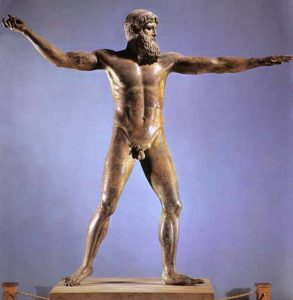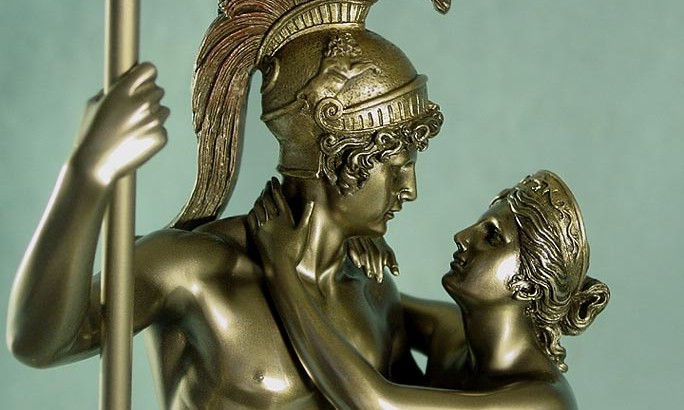Humanism is the belief in human beings. Essentially that human emotions and actions are outside the spectrum of nature. Even God or gods were brought down to the standards of human emotions. Humanism can be described using art by looking at the different pieces of art that the Greeks and later the Romans have done.


These are images of Gods. The first sculpture is Ares and Aphrodite. The second sculpture is of Hermes. One important thing you can get from these two sculptures are the almost humanest features that Gods share with Humans. Humanism is captured in the images by how Gods are portrayed as little as human beings. Of Course Gods are stronger than the average human, but like people Gods had emotions and feelings. Having emotions are considered a trait of a human. In the first image, the Gods are showed to show love for one another. This brings Gods closer to humans, showing a human centered world.

Compared to Roman and Greek art, Egyptian art illustrate humans as weak and nothing like the Gods. The God seen in the image is off Anubis. As you can see, the only thing that resembles a human would be the humanoid body, but the head shows how different gods are from humans. Anubis has a dogs head and is Gigantic compared to regular people. This is used by the Egyptians to differentiate and show the power of their gods. The Gods weren’t brought down to be or have any trait that would connect them to humans.


Putting them side by side shows the overall difference. The first image is of Aten and the second is off Zeus. They are said to be the strongest of each civilization. Humanism is illustrated through the fact that even the most powerful god still looked more human, unlike the Sun disk of a god that the Egyptians showed.


